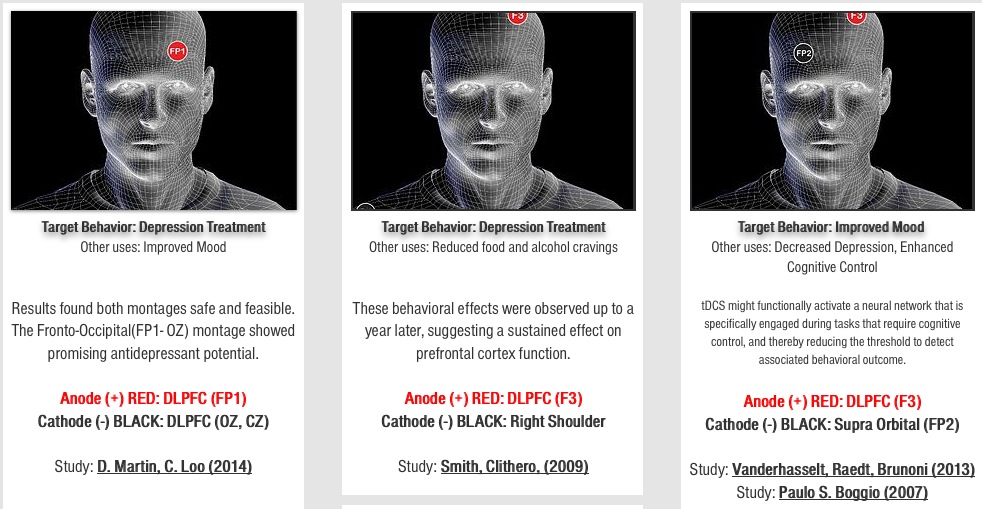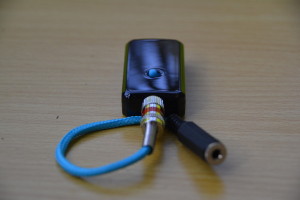Okay, I think we’re on the edge of a shift in thinking. Here’s prof. Bikson referring to 2mA as ‘baby aspirin’ and pointing out that ‘the dose hasn’t increased in 15 years’. Combine this with the revelation (previous post to the blog) that the Thync device is using up to 10mA (pulsed current) and that much of the experiments that went on with the Thync device were conducted by Bikson and you can’t help but conclude that researchers are ready to up the dosage. But that was one of my very first questions and I asked it far and wide, ‘Why 2mA?’.
“There’s already technology available today that can, with limited discomfort or no discomfort, deliver much higher intensities than people are using. And there’s no theoretical—not even real—reason to think that this might be hazardous,” Bikson says. “We’re at baby aspirin levels right now. [Researchers] are going really slow with this stuff.”
So why not ramp up the experiments? Researchers have to be especially cautious because of how new the science of tDCS is—and perhaps to avoid the horrors that have been observed to coincide with ECT.
“Part of the reason why people are on the fence is because the effects are small, [but] of course they’re small. The dose has not increased in 15 years,” Bikson says.
But Bikson says that might be keeping them from making real headway—and from having the sort of impact on test subjects that would get the medical community engaged with this stuff.
via Electroceuticals: the Shocking Future of Brain Zapping | Motherboard.









